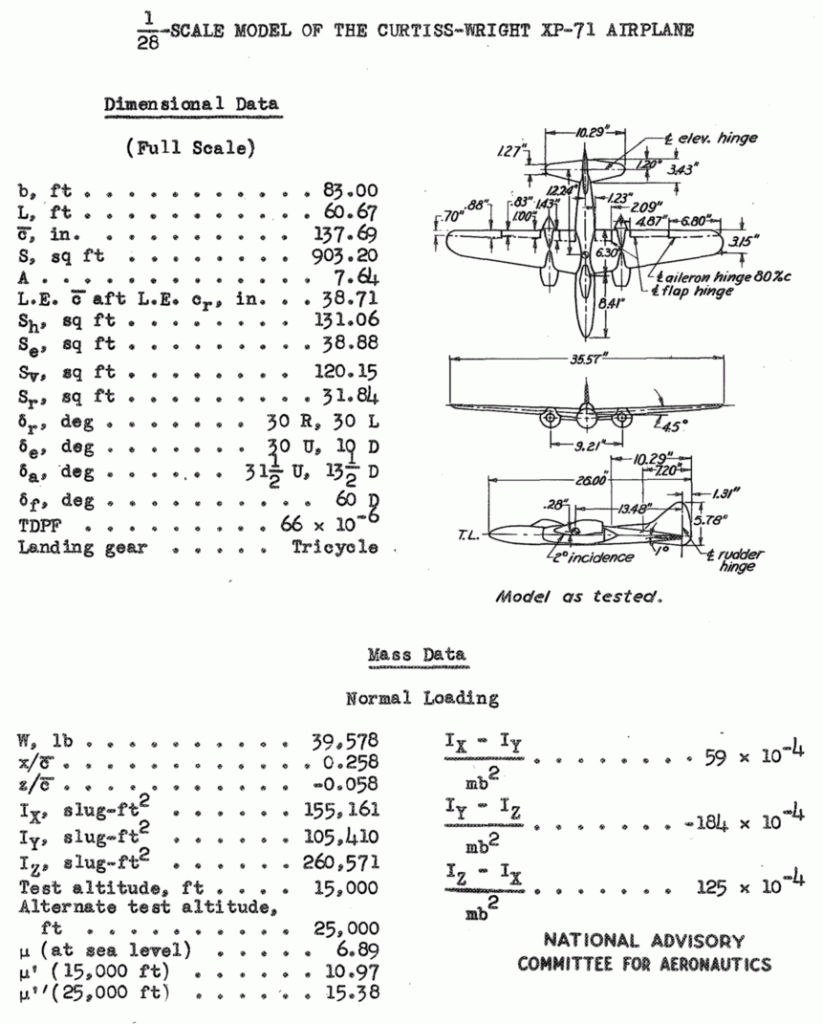A decade ago I wrote a bunch of issues of APR, and mailed them out as photocopies. Half a decade ago, I started completely reworking those issues to be released digitally, first on CD-ROM and then as downloads. Then a year or so ago I started making the newest re-worked issues compatible with MagCloud so that customers could purchase printed copies. But all of Volume 1 and most of Volume 2 have not been made available on MagCloud – they just weren’t formatted properly. Wrong margins and, worse, some random 11X17 pages.
When I finished with Packfile #2, German Rocketplanes, I started reworking the reworked editions of Volume 1 for MagCloud. It’s slower going than I’d like… Microsoft Word 1997 is a fine program, but one thing it kinda goes bonkers at is a large document where the fonts and margins are globally changed. Everything gets scattered hither and yon for reasons that are obscure to me. However, I’ve got the first 3 issues more or less hammered into shape. They question is: how much more hammering?
Spelling and grammar errors I fix when I see ’em. Factual errors are changed (such as V1N3, where I repeatedly and inexplicably refer to the clearly labeled Bell “SeaKat” as the “SkyKat” and sometimes “SkyCat”). But with some of the articles, new information has come my way since the original publication. Additional drawings or other imagery; improved quality versions of what I originally had. The CAD drawings I made starting in V1N2 can be improved and reformatted; a number of designs from V1N1 could have CAD drawings made of them. But should I go to the bother? Would reworking some of these things *again* be worth my time and your money?
I guess that’s the question. I don’t expect to sell but maybe a handful of MagCloudified copies of APR issues. In all the years I’ve been including my own CAD layout drawings I don’t think I’ve ever gotten a single message that said either “they add usefully to the description” or “those are a waste of space.” So: if you were on the fence about getting a MagCloud printed copy of, say V1N3, would the inclusion of a few new bits of vintage imagery push you over? Would new or revised CAD drawings do anything for you?
You know engineers, they love to change things. So I’m tempted to try to make these doubly-revised articles as complete as I can with new stuff. But that might be time and effort better spent on some other, more productive task.
Speak your piece.







